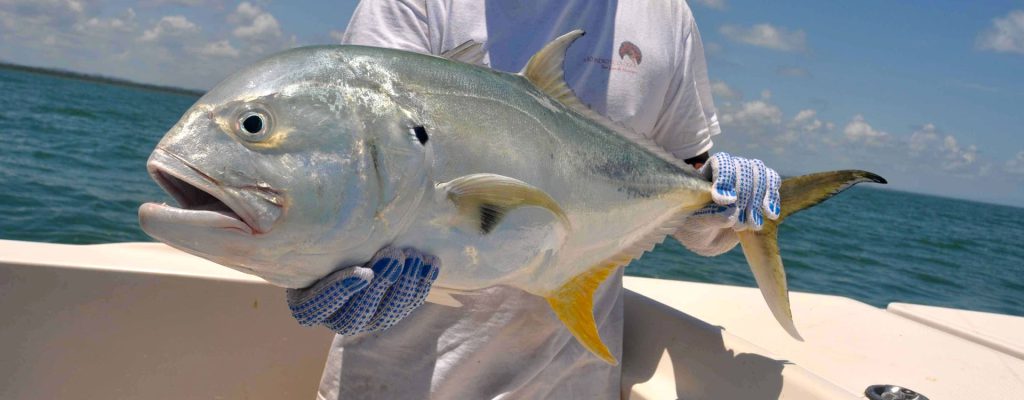Costa Rica, with its abundant marine resources and diverse ecosystems, has gained a reputation as a prime destination for fishing enthusiasts from around the world. Nestled between the Pacific Ocean and the Caribbean Sea, this Central American country offers a rich variety of fishing experiences that cater to anglers of all skill levels. From thrilling sport fishing to serene freshwater expeditions, Costa Rica has it all.
Costa Rica’s extensive coastline and proximity to various ocean currents create a perfect habitat for a wide range of fish species. From the powerful blue marlin to the agile sailfish, the offshore waters are teeming with game fish that lure anglers seeking big game challenges. The country’s oceans also support an array of other species, including dorado (mahi-mahi), wahoo, tuna, and roosterfish, ensuring a thrilling angling experience.
The Pacific coast of Costa Rica, particularly areas like Quepos, Herradura, and Los Sueños, has gained recognition as one of the world’s premier sport fishing destinations. These areas are known for their well-equipped fishing charters and experienced guides who are adept at helping anglers reel in their dream catches. The thrill of landing a trophy fish against the backdrop of Costa Rica’s stunning coastal scenery is an experience like no other.

Best fishing spots in Costa Rica
Some of the best fishing spots in Costa Rica include:
Quepos: Located on the Pacific coast, Quepos is known for its excellent sportfishing opportunities. The nearby Manuel Antonio National Park also offers beautiful scenery.
Golfito: This southern Pacific region is renowned for its big game fishing, including sailfish, marlin, and roosterfish. Golfito is known for its untouched beauty and relatively quiet fishing spots.
Tamarindo: On the Pacific coast of the Guanacaste region, Tamarindo is famous for its inshore and offshore fishing opportunities. You can find sailfish, marlin, mahi-mahi, and more.
Los Sueños: Located near Jacó, the Los Sueños Resort and Marina is a top-notch fishing destination. It’s known for its luxury accommodations and excellent offshore fishing.
Drake Bay: This remote location on the Osa Peninsula offers great opportunities for catching roosterfish, snapper, and other species. The area is also known for its lush rainforests.
Cabo Matapalo: Another spot on the Osa Peninsula, Cabo Matapalo is ideal for anglers looking to catch big game fish like marlin and sailfish.
Flamingo Beach: Situated in the Guanacaste region, Flamingo Beach offers diverse fishing experiences. You can fish inshore for snapper and roosterfish or go offshore for billfish.
Puerto Viejo: On the Caribbean coast, Puerto Viejo is known for its laid-back atmosphere and offers opportunities for tarpon and snook fishing in the rivers and canals.
Playa Zancudo: Located in the Golfito region, Playa Zancudo is a great spot for anglers looking to catch snook, roosterfish, and other inshore species.
Papagayo Peninsula: This northern Pacific region is known for luxury resorts and great sportfishing opportunities. You can find sailfish, marlin, and more.
Local permits, rules and regulations
Protected Marine Areas: Costa Rica has established numerous protected marine areas, including national parks, wildlife refuges, and biological reserves, where fishing is either heavily regulated or prohibited altogether. These areas serve as sanctuaries for marine life, allowing populations to flourish undisturbed.
Sport Fishing: Sport fishing is a significant industry in Costa Rica, attracting anglers from around the world. Regulations stipulate catch-and-release policies for specific species like billfish, ensuring that these iconic fish are not overexploited.
Licensing and Permits: Anyone engaging in fishing, whether recreational or commercial, must obtain the appropriate licenses and permits. These documents specify the type of fishing allowed, catch limits, and fishing seasons. A permit can be obtained through Inco Pesca.
Size and Bag Limits: Size and bag limits are enforced to maintain healthy fish populations. Fishermen are required to release undersized fish and adhere to specific limits on the number and size of fish they can keep.

